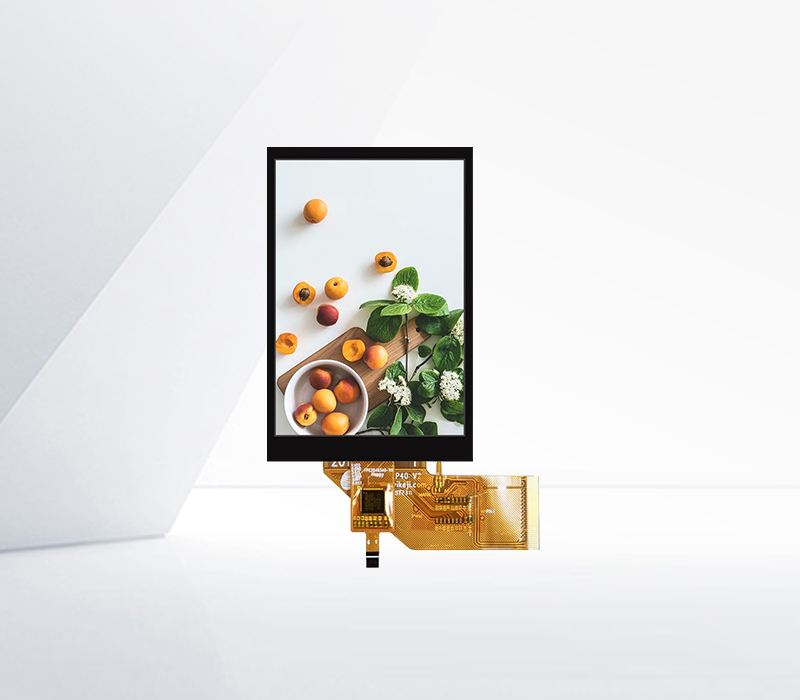



90Hz LCD display refers to an LCD screen with a refresh rate of 90Hz. The following will introduce its working principle, advantages and disadvantages, application scenarios and other dimensions:

Principle
The refresh rate refers to the number of times the screen refreshes the picture in one second. A 90Hz LCD display can refresh the picture 90 times per second. During the display process, the LCD screen changes the light transmittance by controlling the deflection of liquid crystal molecules, thereby displaying different colors and images. With a refresh rate of 90Hz, more picture frames can be presented in a unit time, making the image display and transition smoother.
Performance characteristics
Advantages: First, the picture is smooth. When browsing the web, sliding the screen or running high-frame rate games, compared with the 60Hz screen, the 90Hz LCD screen can significantly reduce the screen freeze and smear, making the visual experience smoother; second, the visual comfort is good. Because the picture transition is natural, flickering and jitter are reduced, long-term viewing can reduce eye fatigue and is more eye-friendly; third, the dynamic clarity is improved. When displaying fast-moving pictures, such as sports events, action movies, etc., it can better capture details, keep the picture clear and sharp, and reduce blur.
Disadvantages: On the one hand, the power consumption is relatively high, and a higher refresh rate requires more power support, which will shorten the battery life of mobile devices; on the other hand, the content adaptation is limited. At present, most videos, games and other content are still produced at a frame rate of 60Hz or below. The 90Hz screen cannot give full play to the high refresh rate advantage when playing these contents.
Application scenarios
Mobile phone field: Many mid-to-high-end smartphones use 90Hz LCD screens, such as some models of Xiaomi, OPPO, vivo and other brands, which bring users smooth system operation, game experience and visual enjoyment.
Computer monitors: Some computer monitors that are mainly used for office and light entertainment are also equipped with 90Hz LCD screens, which can meet the needs of daily office, web browsing, watching videos, etc., and provide a smoother visual experience than ordinary 60Hz monitors.
Tablets: Some tablets are also equipped with 90Hz LCD screens. For example, Apple is rumored to use 90Hz refresh rate LCD screens in future products such as iPad Air to enhance the user experience in reading, painting, games and other scenarios.
